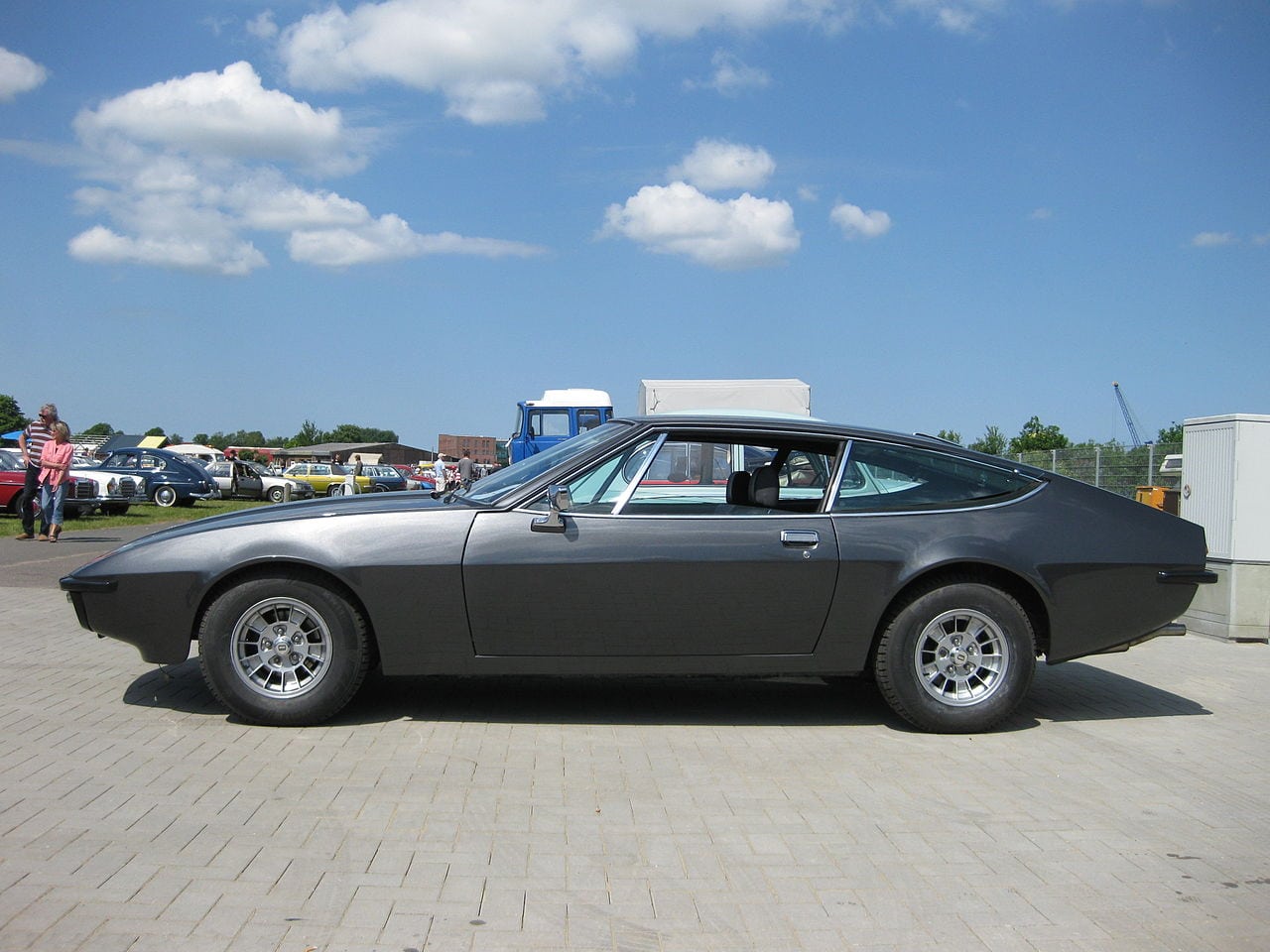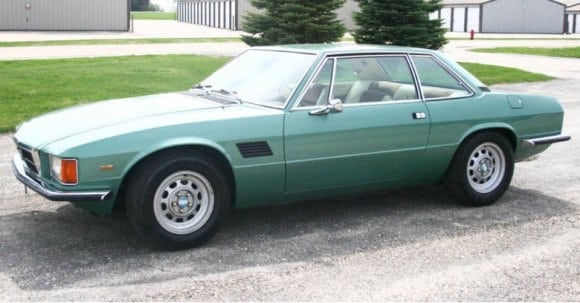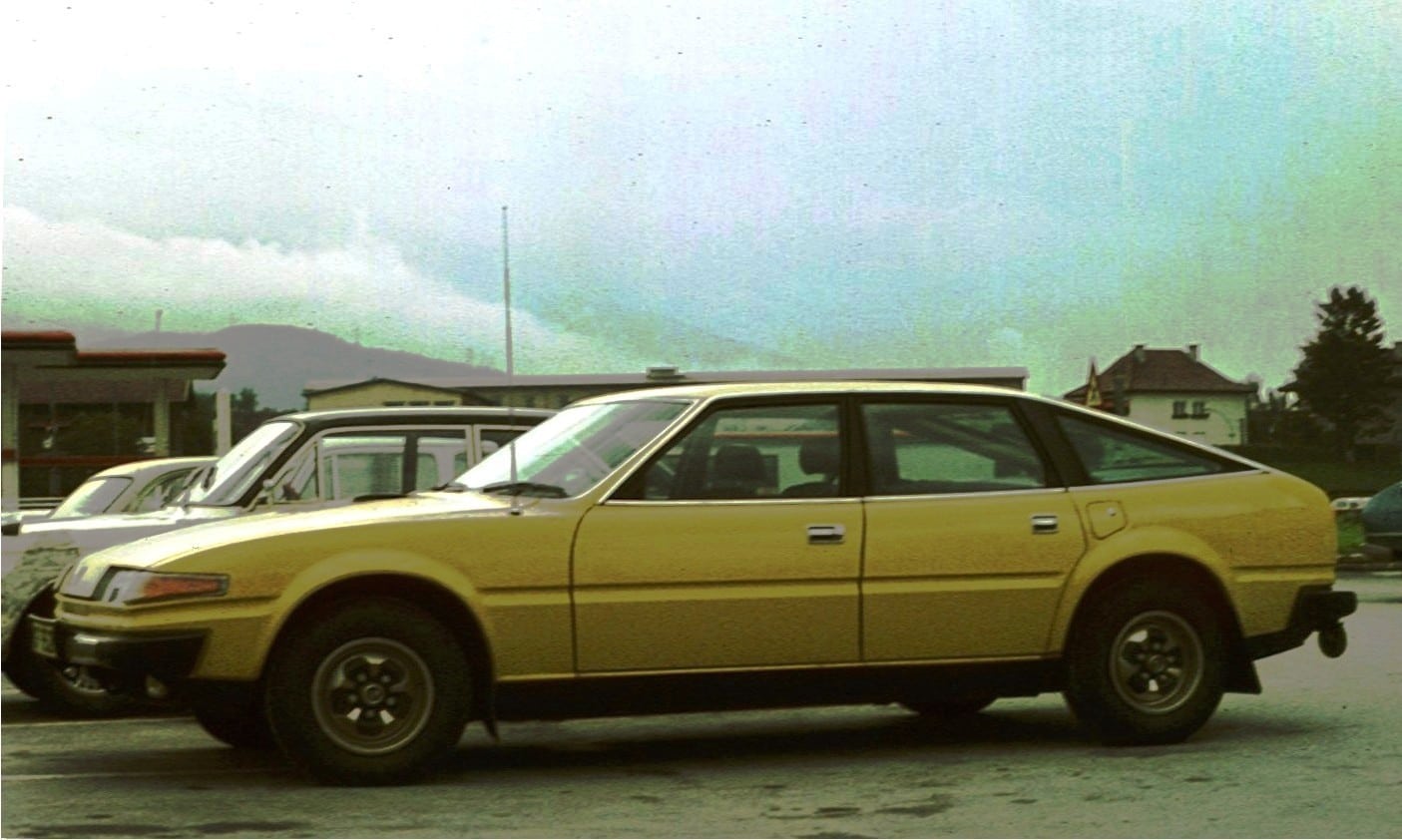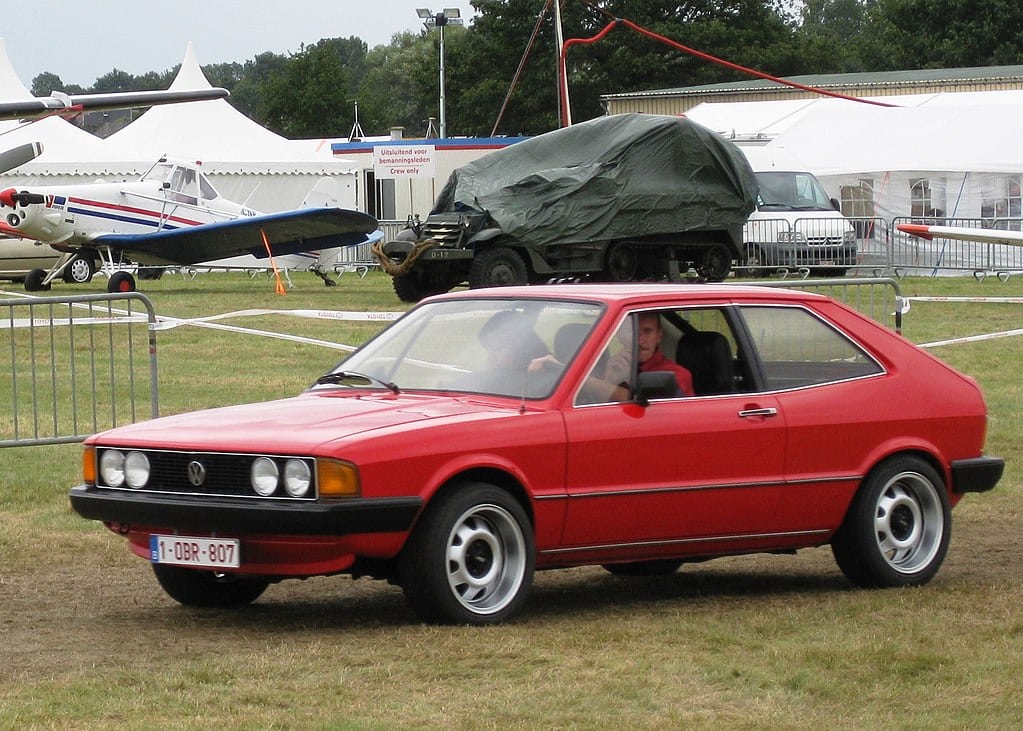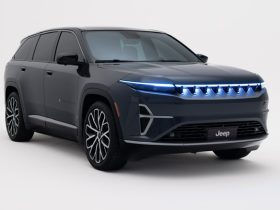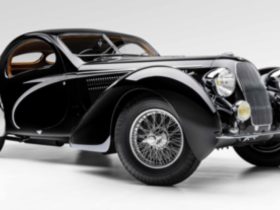Looking at the 1970s, a decade that saw the hippie generation give way to a tacky, tie-dyed, over-exuberant version of themselves, we saw the automotive market do the same. Many a supercar was killed in its infancy as gas-guzzling excesses were dropped during the oil crisis that happened in the early part of the decade. This saw many small makers of low-volume, high-priced performance and specialty vehicles disappear as consolidation and a much tougher sales climate loomed.
During the 1970s, though, some great vehicles were largely overlooked. Usually due to the uncertainty created by these market forces or because something else came along to displace it before its time. Here are five of those cars, focusing on the European makes. Where the United States saw the near-death of the muscle car, Europe was seeing vast sea changes in performance expectations.
Bitter CD
A mixture of design elements, this unfortunately-named car was largely forgotten outside of Germany. Entering the market in 1973 after a successful showing at the 1969 and 1973 Frankfurt Motor Shows, the CD had most of its pre-production orders canceled thanks to the 1970s oil crisis. The result was that less than 400 cars were built during the Bitter’s seven years of production.
The car is named for company founder Erich Bitter and was designed by General Motors’ Opel division as the “Coupe Diplomat” with road-going prototypes later designed by Pietro Frua. Frua’s designs were largely unchanged for the production model Bitter CD. Opel had dropped the CD as a planned build, but then bosses Charles Jordan and David Holls encouraged Bitter to run with the idea.
The Bitter CD was built mainly at Bauer in Germany with the chassis being based on the Opel Diplomat, sporting an engine from GM – a 227 horsepower V8 displacing 327 cubic inches. Bodywork was entirely in-house at Bauer. The CD was replaced by the slightly more popular SD model in 1979.
De Tomaso Longchamp
Largely ignored because of the company’s Pantera that debuted a year after the Longchamp’s introduction, this was one of only two front-engined cars ever made by De Tomaso. The Italian firm produced the aptly-named Longchamp from the Deauville sedan, utilizing much of the sedan’s parts and elements. Designed by Tom Tjaarda, it carried a huge Ford Cleveland V8 that produced 330 horsepower.
The Longchamp was made from 1972 to 1989, but sales numbers were relatively low once the De Tomaso Pantera with the same engine debuted in 1973. The looks and design of the Pantera handily eclipsed the Longchamp despite the little champ’s extremely handy road manners in concert with that huge powerplant.
Lancia Beta Montecarlo
Popularized as a workingman’s sport coupe, the Beta Montecarlo was mid-engined and well-built, but enjoyed a reputation for sluggish athletics. Introduced in 1975, the Beta Montecarlo was designed originally as a replacement for the Fiat 124 by Pininfarina, but dropped as a model in favor of another. Pininfarina gave the design to Lancia as their new halo car offering.
The Lancia Beta Montecarlo was a mid-engined car powered by a two-liter four-cylinder engine from Lampredi. This produced about 118 horsepower in a very well-balanced little car.
Sold as a coupe or spider, the Lancia Beta Montecarlo was eclipsed by other, more prolific two-seaters of the time.
Rover SD1
Although touted as a great design and concept, the Rover SD1 was largely ignored otherwise thanks to its high popularity with the police, gaining a reputation not unlike the American Chevrolet Impala and Ford Taurus cars of the 1990s. Designed as a replacement for the Rover P6 and Triumph 2000 models, the SD1 was an executive car. Rover had hopes that this new vehicle would help pull them out of their sales slumps as the first in-house-designed Rover to come from their Specialist Design division (hence the “SD1” name).
The reality wasn’t as happy, but the Rover SD1 did claim a lot of purchase as a police vehicle, becoming a popular island-made option for UK police. As such, the SD1 remained in production for some time, and also saw some limited fame in other markets under various names. Famously, the version sent to the United States (the Rover 3500) had ugly bumpers and terrible headlights thanks to U.S. regulatory requirements. The same requirements that destroyed the design elements of many a Euro car during that period.
Volkswagen Scirocco
Enjoying a cult following through to today, the Scirocco was ultimately doomed by the company’s introduction of the also Golf-based GTi the next year. The Scirocco remains in production, now in its third-generation, but it was the first-gen that really deserves mention on our list here.
Designed as a replacement for the much-loved Karmann Ghia, the Scirocco was designed based on the Rabbit/Golf platform that was beginning to dominate the VW small car line of that time, replacing the extremely successful Beetle. The Scirocco was also meant to be a quick first test of the new platform to iron out any issues before the Golf itself, intended as a mainstream, high-volume vehicle, entered showrooms.
The best models in Europe had a 1.6-liter engine while the North American market, opening a year later in 1975, saw a 1.7-liter engine. In Europe, however, the Scirocco was often overlooked in favor of the performance-tuned Golf GTi (then just “GTi”), which was more practical and often priced lower than the Scirocco.
All photos courtesy of Wikimedia Commons.




